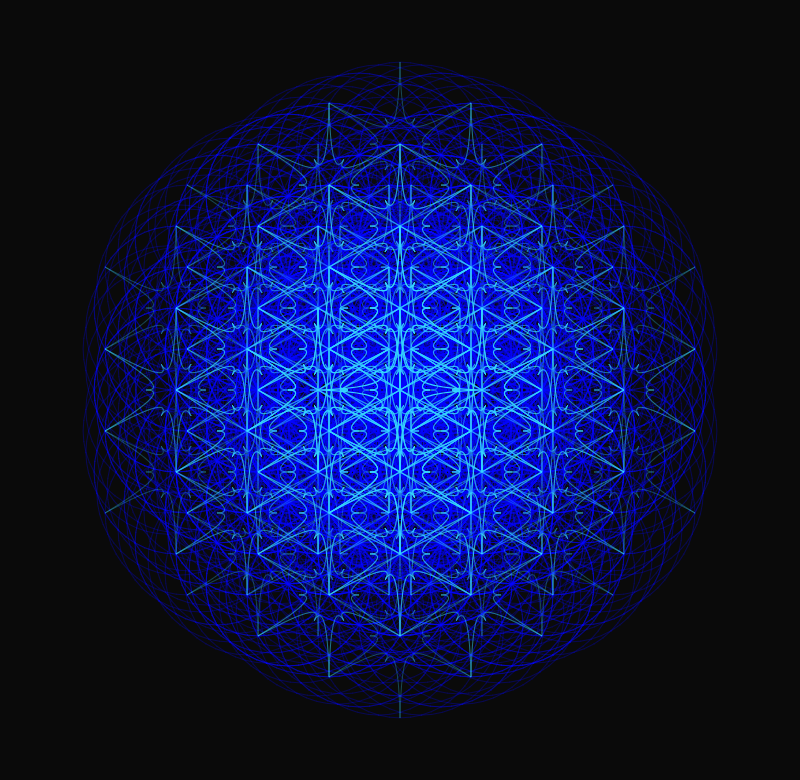ASTRAL DIVING 3: Does Light Travel at the Speed of Light in the Brain?
Where does the light issue from during hypnagogia, hypnapompia and dreams?
If it looks like light, is it light? I. Bokkon, a principal and premier theorist of light in the neocortex, puts it this way: “Biophotons are not by-products.” And further, “biophoton intensity can be considerably higher inside cells than outside.”
A biophoton is a photon emitted by a living organism, like a firefly or plankton. If we set aside the phosphene, that light we see when we rub our eyes, and look closer at the visuals seen during pre-sleep, dreams, we can entertain deeply organized photon emission by the neural nebulae of the brain. So, if light is emitted in the brain, where does it go? And does light travel at the speed of light in the brain?
The human eye can see a single photon. But what happens to photons as they are absorbed by the retina? And what about the light emitted by the visual cortex? Where is all the light coming from and going to in the human brain?
The standing theory is that the neurons in the visual cortex only map perceptions of light by the eye. In other words the prevailing theory is that we see is a fake light, only the biocellular mimicry of light. It seems far-reaching to think that biocells would make fake light when real light is abundant. Therefore let’s propose: If it looks like light, it is light.
Since any atom is essentially potent with radiation, of which light is a form, it stands to reason that the atoms comprising our neurons are also potent with light. Let’s call every atom in our neuroelectrical body a potential light source. In this case, theoretically, the perception of light IS light itself! The takeaway here is that we have the ability to think in light.
Light issues from your screen and is absorbed by the retinas. Keep in mind that light has no mass. Light is a phenomenon, not a thing.
Our voices are also not things: we can’t put them in a box. So if you’re a little startled by the idea of thinking in light patterns, realize that most of the time your thinking is the sound issuing from your own voice box. Even when we are just quietly thinking, out voice box is moving. Ok. Now that we’ve absorbed that. Let’s return to light in the brain…
Let’s assume then that the geometrical patterns witnessed during hypnagogia are in fact a form of bioluminescence. Here the bioluminescence is intracellular and plasmic. The patterns reveal dots, lines, shapes, moving in concert. Is this light show a wave or a wave of photonic quanta in the cells? Either way, what is the speed of this light inside the brain? Can a single neuron both fire and absorb these light patterns at the speed of light? Let’s assume that is exactly what is happening. We know that the speed of light (the constant “c”) is rather fast and also constant. How in the world can we see these hypnagogic images, recognize their forms then watch them evolve if they are travelling at 299 kilometers per second? Unless we ourselves are thinking at this speed. Let’s take a closer look at the speed of light…
E=mc^2. E = energy. M= mass. C = the speed of light. C is a constant or 299 kilometers per second.
In this famous Einsteinian equation, c is a value that when multiplied by a mass (m) and squared, provides the value of energy (E) available in a system. C shows up in a lot of critical equations we will be exploring in this blog. Here I’m going to break with the definition of the speed of light as a constant and try on a new idea, namely, that light does not have any speed whatsoever. Nor does the kinetic energy moving through a body of water have mass or a speed. It is the frequency of the medium that has mass (molecules or atoms) and the perception of change that allows us to reason back to wave speed. But in reality, the wave is not a thing.
In order for a biophoton to emit within a neural cell, does it have to travel anywhere?
Light has no mass, so you can’t write the equation E=(mass of photon)*c^2.
The Webb Telescope has captured an image of the star furthest from the earth, and scientists have calculated it takes 12.9 billion years for light to reach earth.
In a holographic universe, the light from the star Earendel is already here.
Photo Credit: NASA
Let’s imagine that light doesn’t actually go anywhere. And it is the speed, or temporal change, that is perceived or “faked” by the waking brain. Let’s replace the ocean and its molecules of H2O with the brain and the waves with the plasmic waves cresting as intracellular biophotons. During hypnagogia, as the patterns “wave” in concert, the wave provides the perception of changes in light and color. I suggest that the nodes of the change, or the biophotonic hot spots, do not go anywhere as they rise and fall just like waves, and that it is the waves of the resonant neurons that provide the perception of light in motion.
Fiber optic cables allow light to travel at the speed of light between computers.
Yes, it’s true fiber optics allows for information (basically light blips) to travel at the speed of light, through plastic strands that act as conduits between computer terminals. But the molecular plastic is the medium for the light. The idea that light travels at a constant speed is completely disrupted by quantum entanglement, where photons that have essentially interacted are paired, and whatever one quanta does the other does in the opposite direction, simultaneously. The latter is easy to explain in a holographic universe, which I believe ,after years of intensive hypnagogic experimentation, is our gateway to the holographic self.
Spectral line emission of hydrogen.
Bioluminescent jellyfish.
Abstract this back to the sun or Earendel., and I think it’s safe to theorize that photons don’t travel from the sun to earth. Remember photons have no mass and are not things. It is much easier to theorize that c, or the constant of the speed of light, does not define the speed of a massless photon but the speed or rate of change of resonance throughout the universe. We can, at least experimentally, retire the idea that biophotons are firing in the neocortex and traveling at c to somewhere else during the process of visualization. We are in a much better position, if we we theorize that biophotonic resonance does indeed change or fluctuate at a tremendous vibratory rate, and that this resonance, as it rises and falls in the human brain, provides the light that dreams are made of.
This is a topic I will revisit, especially because the speed of light is so fundamental within different mathematical equations such as E=mc^2 or the Maxwell Equations or the Dirac matrices. And how would the speed of light play into an omnisurfacial holographic universe you ask? Well quantum entanglement for one is de facto simplified. Stay tuned…
© 2022 hexholo








